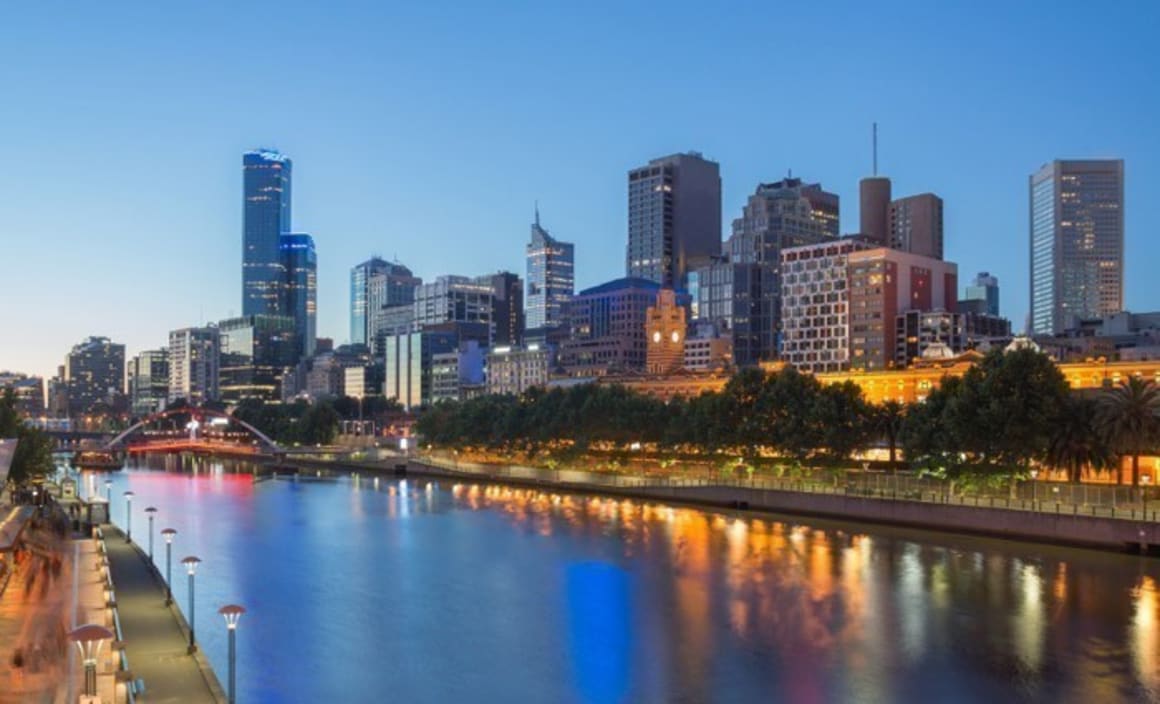Melbourne house owners on track for another year of growth: Robert Larocca

Residential dwelling values in Melbourne returned to trend in January with a 2.7% rise recorded by CoreLogic RP Data in the latest home value indices results.
This sets the Melbourne property market up for another stable year with moderate value increases likely, particularly in the detached house market. Melbourne home owners have seen stable growth in values for two years now and are more likely to record a profit when selling now.
House values in the city grew the strongest with a 2.8% rise compared to 1.7% for units. This takes the growth in values over 12 months to 7.5% for houses and 2.7% for units.
The rise in property values will be welcomed by vendors seeking to sell over the summer and in autumn as it suggests the poorer performance recorded in November and December last year was a consequence of high supply levels in spring and summer.
Demand is not limitless and there is still some caution from buyers.
Based on settled sales the median price of a house in the past three months was $613,000 and $480,000 for a unit.
The performance of the auction market provides little indication of the markets health due to the very low auction numbers in January and their geographic diversity. Volumes are likely to rise strongly over the next few weeks.
Melbourne continues to have the lowest rental yields in Australia with 3.2% for houses and 4.2% for units. This does not appear to have a negative impact on investors who are happy to wait for capital gains.
Melbourne’s ‘Mega suburbs’!
- Reservoir is the largest suburb in Melbourne
- Gilderoy is the smallest suburb in Melbourne
- The are 12 suburbs in Melbourne with over 10,000 houses
Most weeks when the highest volume of auctions are listed, the suburbs of Reservoir, Glen Waverly and Mount Waverly come out near the top.
Auctions may well be a popular method of sale in these suburbs but their appearance in the list is more likely due to the fact that they are three of Melbourne’s largest areas.
Melbourne’s progressive growth over the past 180 years has seen suburbs planned and developed in many different ways. Sometimes geography provides natural borders and sometimes the common ownership by one developer provided the impetus for the naming or borders. Sometimes names and borders have even moved.
As a result Melbourne suburbs vary from 13,741 houses in Reservoir to 18 in Gilderoy. At more than 67km from the CBD the small ‘suburb’ of Gilderoy is more representative of it being a town than a considered decision to create a small suburb.
There are 12 suburbs in total that have more than 10,000 houses. Each is bigger than medium-sized regional centres such as, Mildura, Shepparton and Warrnambool and without outlying suburbs.
Those 12 suburbs are Reservoir, Frankston, Glen Waverly, Berwick, St Albans, Pakenham, Point Cook, Werribee, Mount Waverly, Hoppers Crossing, Craigieburn and Sunbury. Interestingly many of those were once separate towns which have now expanded considerably as they have become more proximate to the cities outer edge. As many of those are still being developed they are likely to grow further.
The vagaries of place naming and suburb size become even more obvious when the case of Croydon is considered. On its own, Croydon is a large but not massive suburb with 7,293 houses. But once neighbouring Croydon North, South and Hills are considered, its size grows to 12,446 houses.
When buying in larger suburbs it is therefore sensible to consider where specifically a home is as factors such as distance from a train station, park or school may vary considerably. The form of housing may vary as well.
Auction buyers to benefit from interest rate cuts
This week’s interest rate cut will provide a boost to the auction market over the coming month and deliver a welcome reprieve for buyers looking to reduce costs. Not only will buyers enjoy the increased purchasing power, sellers will welcome the unexpected boost to the market in the middle of their marketing campaigns.
This week, there are 1,218 auctions expected across Australia, with 824 of these scheduled for in capital cities. This is compared to 502 last week and 927 for the same week last year. The primary reason for lower auction volumes in capital cities is due to 36 per cent fewer auctions in Melbourne.
In Sydney 317 auctions are expected compared to 154 last week and 362 this week last year.
In Melbourne 214 auctions are expected compared to 102 last week and 335 this week last year. The main activity this week in Melbourne will be found in the eastern suburbs with 9 auctions in Mount Waverley and 8 in Glen Waverly. In Portarlington, near Geelong, there are also 9 auctions expected.
There are 99 auctions expected in Brisbane compared to 85 last week and 98 this week last year. This highest level of activity will be found outside Brisbane with 180 auctions scheduled across the rest of Queensland. For example, the most auctions in any one suburb in Queensland will be in Surfers Paradise where 9 are expected.
In Adelaide there are 86 auctions expected. This is slightly lower than the 102 last week but higher than the 70 on the same week last year.
In Canberra the volume of auctions is higher than last week and this time last year when there was 50. There are 69 expected this week.
In Perth 30 auctions are expected compared to 24 last week and 43 this week last year.
The highest volume of auctions will be in Port Macquarie (NSW) where 10 are expected.